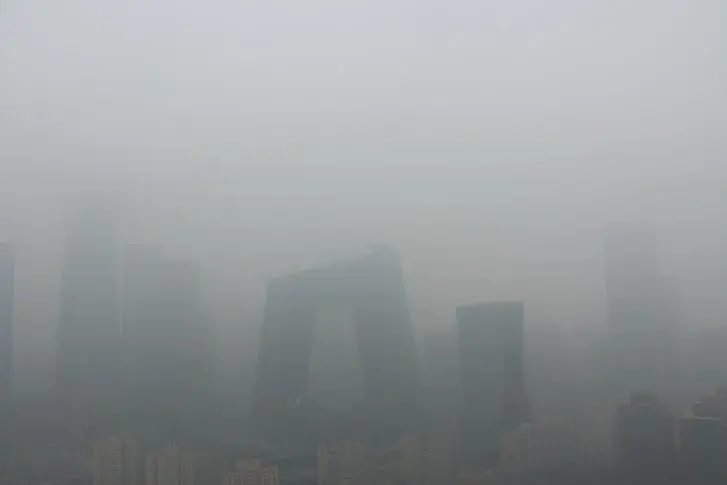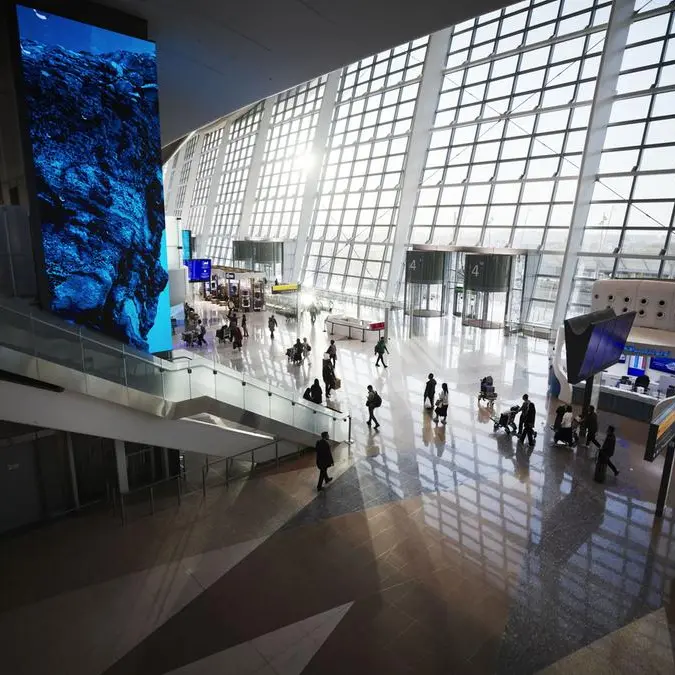PHOTO
SHANGHAI - Concentrations of lung-damaging ozone hit a record high in China in June, rising 11 percent from the same month last year, environment group Greenpeace said on Wednesday, citing official data.
Despite China's four-year battle against air pollution, ozone has become "an emerging health threat", Greenpeace said. Average levels in the capital Beijing stood at 120 micrograms per cubic meter in June, around double the rates in ozone hotspots like California and Mexico City.
China's environment ministry warned on Tuesday that it expected ozone pollution to be particularly high in the region surrounding Beijing over the next 10 days.
Ground-level ozone, known as "sunburn for the lungs", is caused by the interaction of sunlight with nitrogen dioxide and volatile organic chemicals (VOCs).
It can lead to shortness of breath, coughing and inflamed airways, according to the U.S. Environmental Protection Agency. Children are at the greatest risk and prolonged exposure may cause asthma and abnormal lung development.
"Likely reasons for surging ozone levels include stubbornly high nitrogen dioxide emissions from heavy industry and transport, and increasing VOC emissions from a wide range of industries from petroleum refining, plastics manufacturing and other chemical industries, construction, and from cars and trucks," the Greenpeace report said.
Citing figures from the Global Burden of Disease database, Greenpeace said ozone exposure was responsible for about 70,000 premature deaths in China in 2016.
A study published by Peking University in April said ozone concentrations rose 40 percent or more in 10 northern Chinese cities from 2014 to 2017, despite tough new measures to clean up industry and traffic.
The study said China's efforts to cut floating particulate matter had actually increased the strength of sunlight, creating more ozone.
Experts had urged China to target ozone pollution in its latest three-year anti-smog plan released last month, but no special measures were included.
Vice environment minister Zhao Yingmin said at a press briefing that while average ozone concentrations rose 8 percent last year, hazardous floating particles known as PM2.5 remained the country's priority.
(Reporting by David Stanway; editing by Richard Pullin)
© Reuters News 2018












